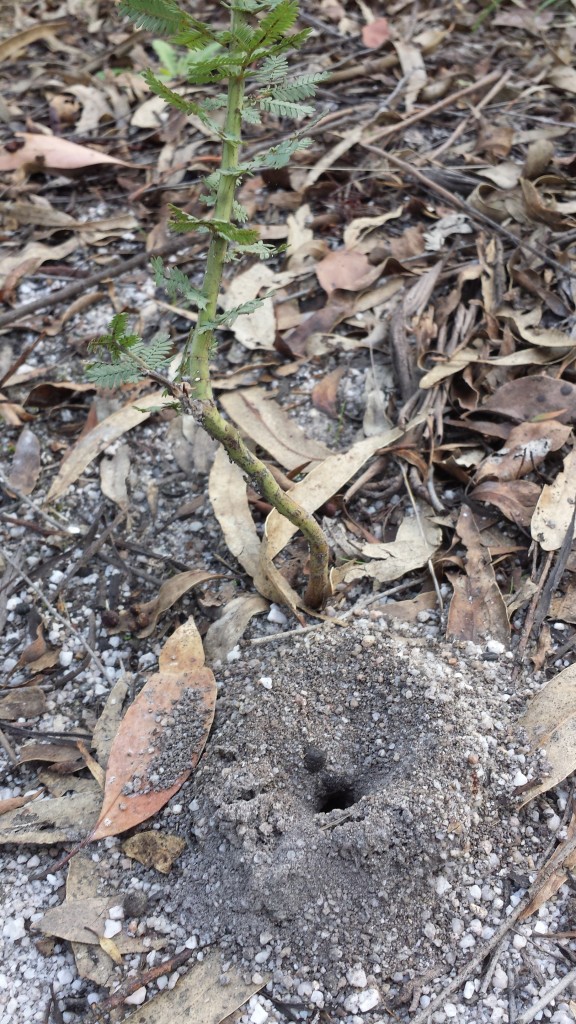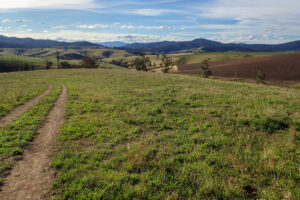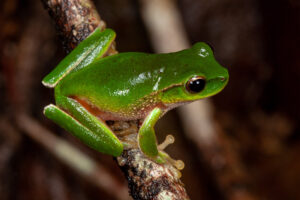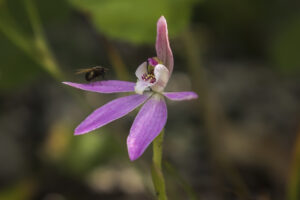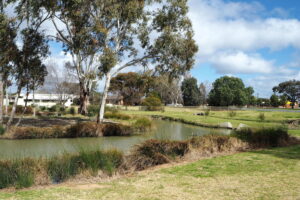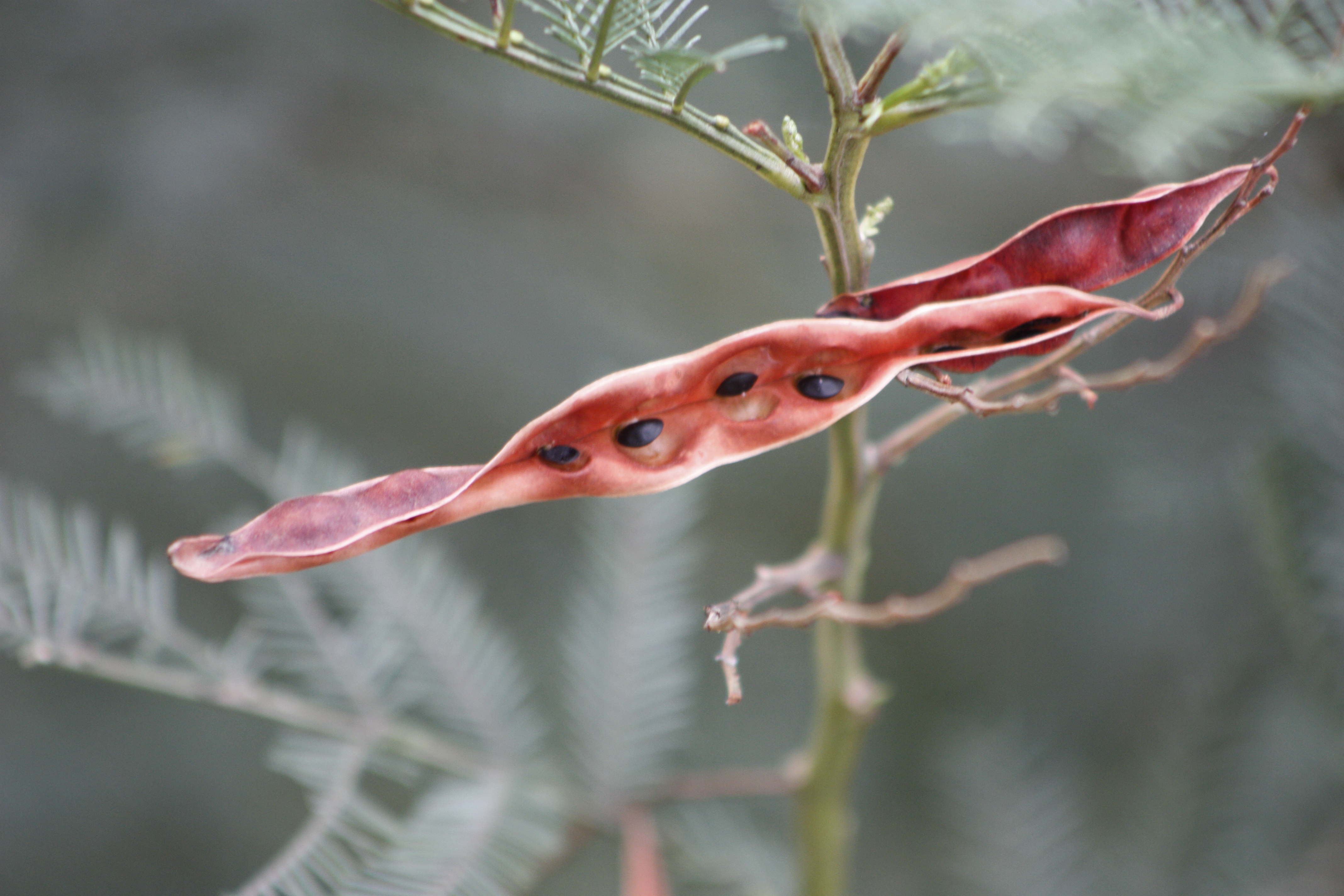
Great Connections – Ants and Wattle Seed
Ants have a great connection with our native wattle trees, or acacias. So, while talking about the use of wattle seed in cooking, we shared a story about the ant and the wattle seed. Here’s how the story goes…
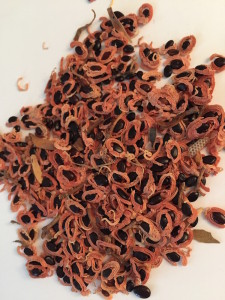
Wattle seed with the large aril attached.
On the edge of the wattle seed is a little fleshy, oily sac called the ‘aril’. Arils vary in size and colour depending on the species of wattle they come from. These brightly coloured ‘protein packs’ provide a great food source for the nearest colony of ants.
Ants will harvest fallen wattle seed and take them into the ant nest. There, they will eat the aril but the wattle seed is too hard and gets discarded into the ant ‘rubbish heap’. The rubbish heap is often a chamber that the ants have made to the side of the main nest.
While underground, the seed is protected from other animals that may eat it. So the seed will wait, and wait, sometimes for a few years until the right conditions are met. It takes a lot of heat and/or water to crack open the hard shell of a wattle seed.
Eventually a bushfire may go across the surface and the heat in the soil will be enough to start germination. Sometimes, in areas where there is lots of rain, the seed may soak in the moist soil long enough for the shell to split open and germination begins.
So the next time you take a walk in an area where there are wattle trees, look on the ground for the ant mounds and see if you can find a new wattle peeking up through the soil.

